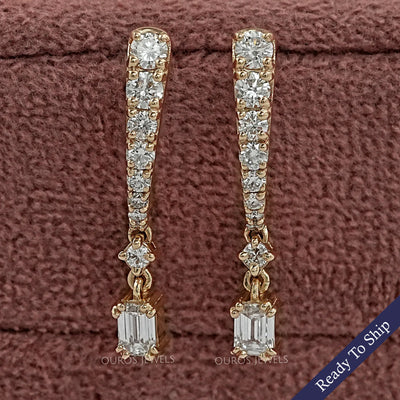
Free Shipping
✨ Santa-speed delivery, right to your doorstep!













✨ Santa-speed delivery, right to your doorstep!

🎁 Every jewel checked twice — just like Santa’s list!

🌍 Spreading sparkle and joy across the world!

🎅 Here to help you shine all season long!



























